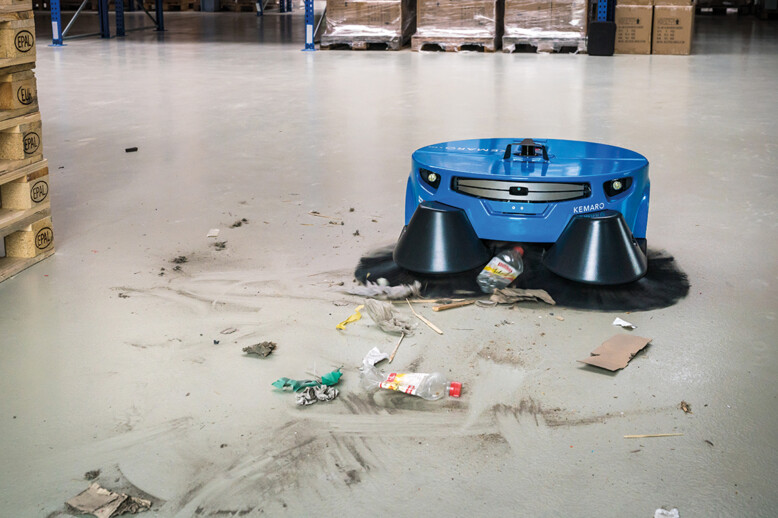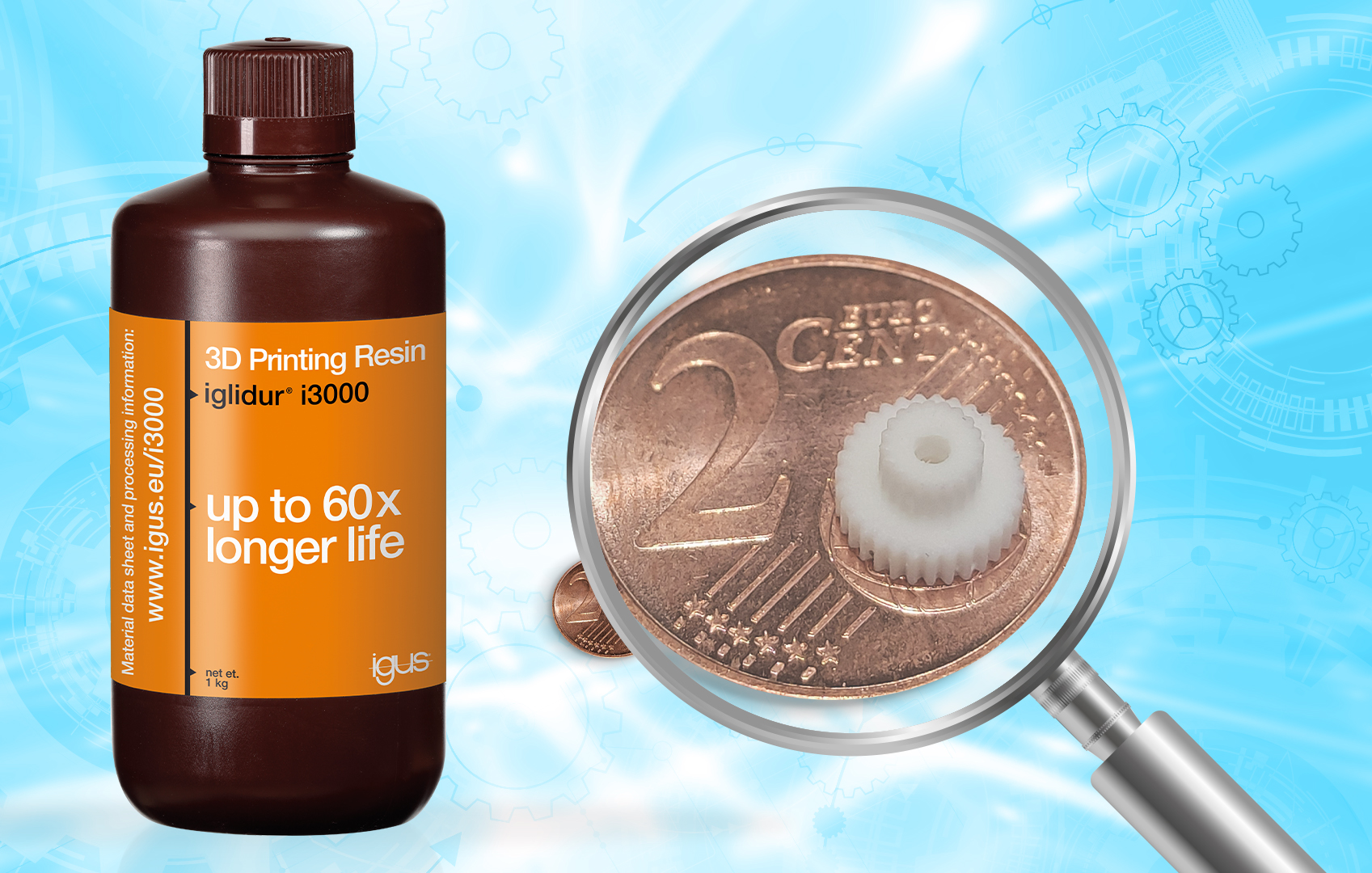British Engineer Uses 3D-Printed Parts to Design ‘The World’s Most Technologically Advanced Pianos’
More and more frequently we have been receiving inquiries for 3D-printed components or spare parts for musical instruments. One example is of a concert grand piano from Phoenix Pianos.
The basic design of the concert grand has remained almost unchanged since 1876 – since the Steinway Centennial Grand was designed. That was the starting point for the grand piano industry and the ideas rolled over during the 19th century, whereby the basic concept was retained throughout the 20th century.
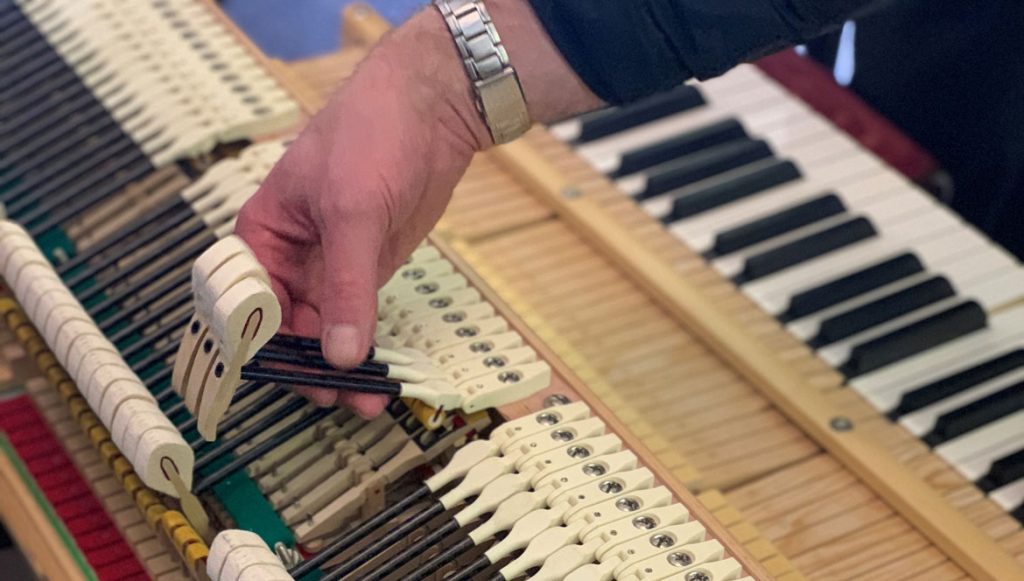
In the case of a grand piano, the strings are struck by hammers and made to sound. These are usually made of wood or, to be more precise, hornbeam, lose their precision over time, and have to be serviced regularly. Wood is also prone to damage due to high humidity and temperature because it expands and becomes stiff. If the hammer no longer hits the strings precisely, unwanted secondary tones arise. In addition, it is extremely difficult to continuously produce identical objects from wood, which is why the material urgently needed an innovation and an increase in efficiency.
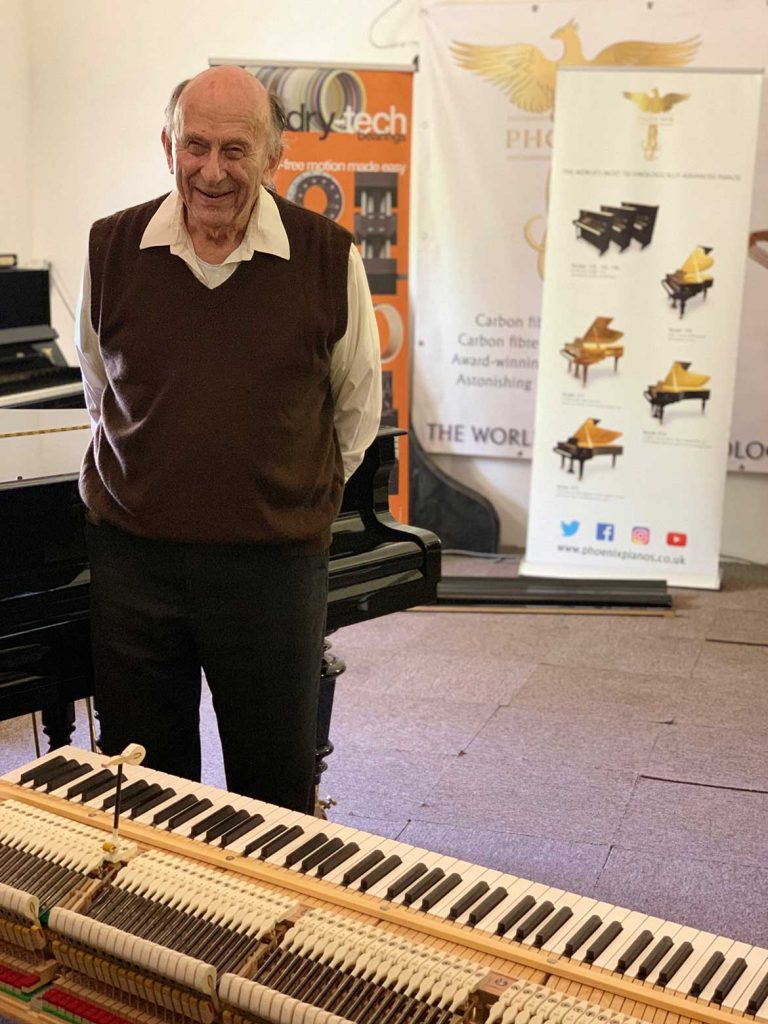
Engineer Richard Dain felt that it was time to fundamentally improve the technology of the wing. At 92, Dain heads the Phoenix Pianos company and has an impressive history as an engineer behind him. One of Dain’s favorite pastimes is sitting at the piano as an amateur pianist.
They were looking for an innovative material that met the requirements and they finally found what they were looking for at igus®, which is known for its high-performance polymers. By utilizing its own 3D printers, igus® was able to produce the necessary individual plastic parts made of wear-resistant iglide® material and deliver them quickly.
The “D3D Hammer System” was then designed together with igus®, which has all the advantages of the traditional system. The designers at Phoenix even assume that the new system itself will exceed the life of the actual grand piano and that the unwanted side effects will be a thing of the past. Simply switching from wood to plastic has significantly reduced susceptibility to moisture and temperature. The ivory-colored components are also very similar to the original material and fit perfectly with the rest of the design concept.
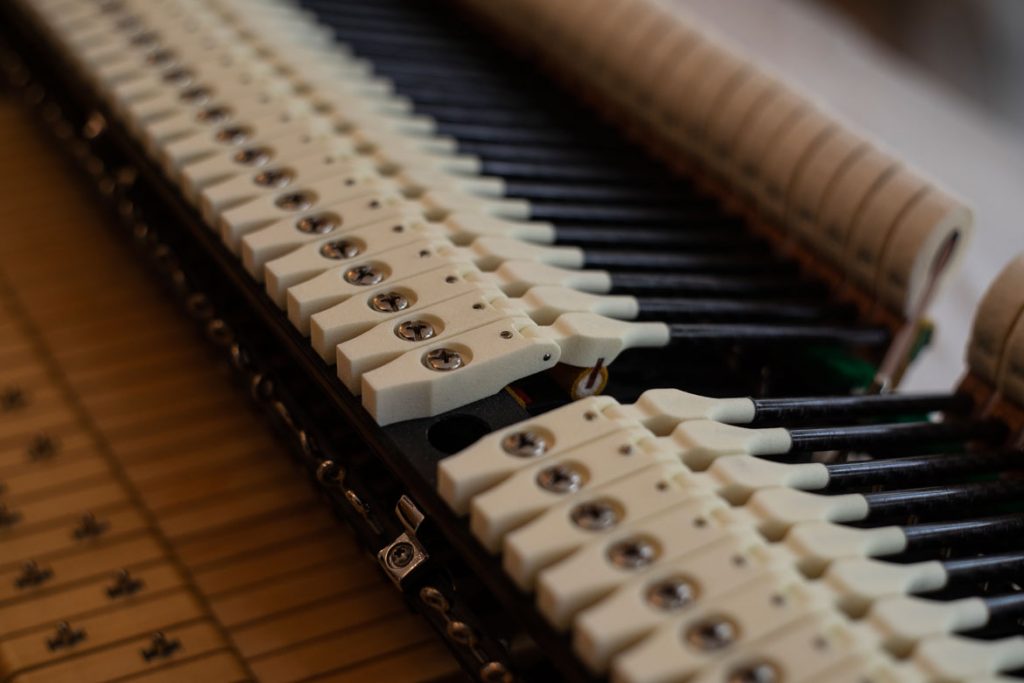
Pianists who have already played the D3D grand piano compare it to switching from an Austin Seven to a Ferrari. You can generate more power with less effort and significantly increase the bond with the wing. The feeling for control over the wing has also increased enormously. Overall, the switch from traditional wood to high-performance plastic from the 3D printer seems to have been very successful. The feedback from the experts, at least, clearly speaks for itself.
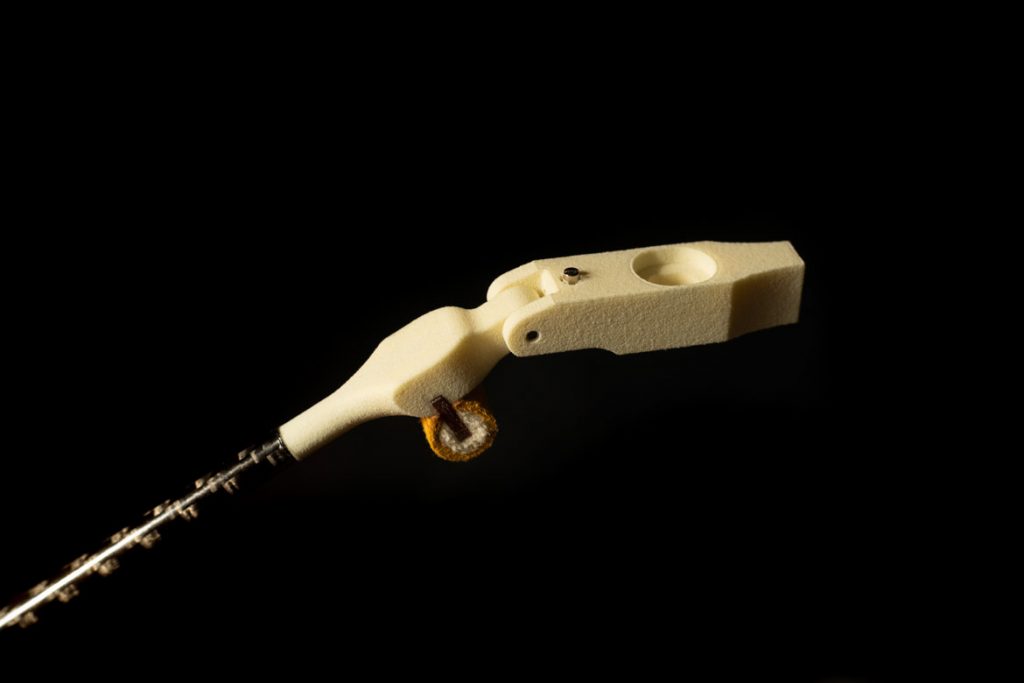
Elements made from iglide® plastics can be found in other musical instruments as well. Our 3D print service is a quick, cost-effective solution for engineers looking for individual parts, prototypes or small production runs. Try it out here today or contact an igus® expert with any questions.

